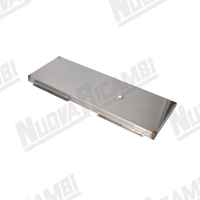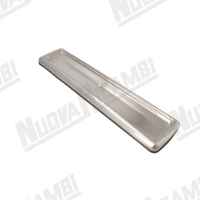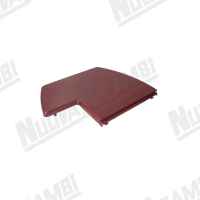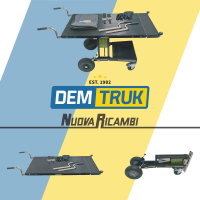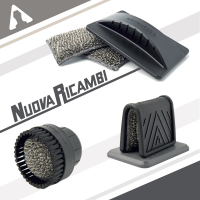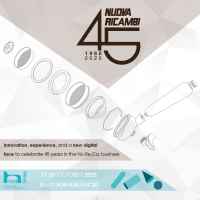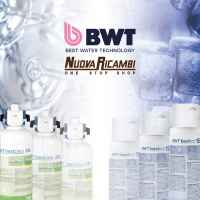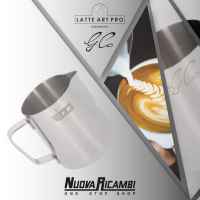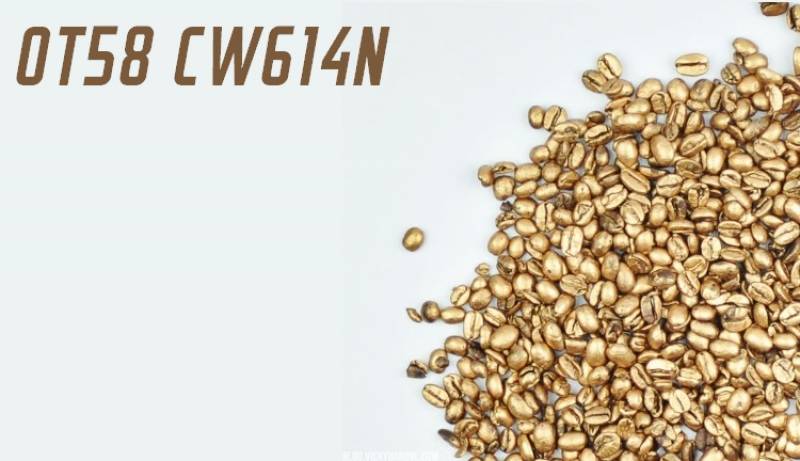
Brass OT58: the alloy of copper and zinc most used on coffee machines
Since prehistory, man has always sought the most innovative solutions and focused in particular on the study of metals, searching for more resistant alloys, less toxic and more suitable for use. Even ancient Romans knew about the relation between metals ad water and 2000 years ago they used to store at night the water in in copper or brass containers for ionized water to drink, cleaner and smoother thanks to an electrolytic reaction.
Brass in particular caught for millennia the attention of builders and inventors for all the benefits it offers in various sectors from mechanical, building, furniture and electrical equipment up to coins and the musical instruments that are named after this alloy.
Brass is in fact an oxidisable alloy formed from copper (Cu) and zinc (Zn), to which other elements can be added to achieve certain properties:
• the manganese and tin increase corrosion resistance;
• the iron increases the breaking load;
• the aluminum increases the resistance to corrosion and abrasion;
• antimony and arsenic inhibit dezincification;
• the nickel improves the mechanical characteristics and corrosion resistance;
• the silicon serves to deoxidize and favors the creation of the β phase.
In the food sector, the brass alloy that is used with more frequency is identified with the BRASS OT 58 - "CW617N" code, and is a standard alloy for hot stamping that associates to the excellent performance of hot-deformability, good workability for removal of chips. It complies with DIN regulations and 4MS group for materials in contact with water intended for human consumption. Can be used in various applications: valves, fittings, accessories for plumbing and heating systems, bolts, handles, clamps and components in general.




